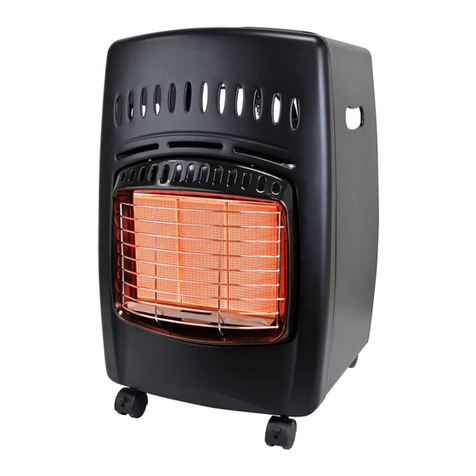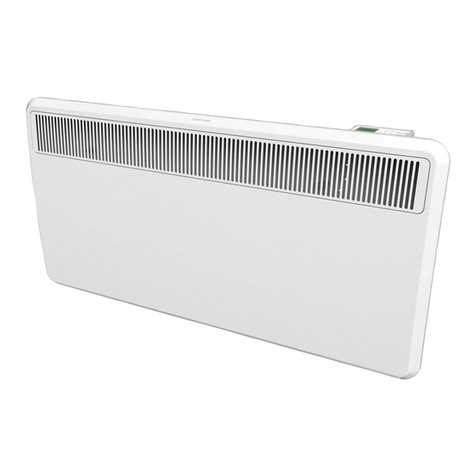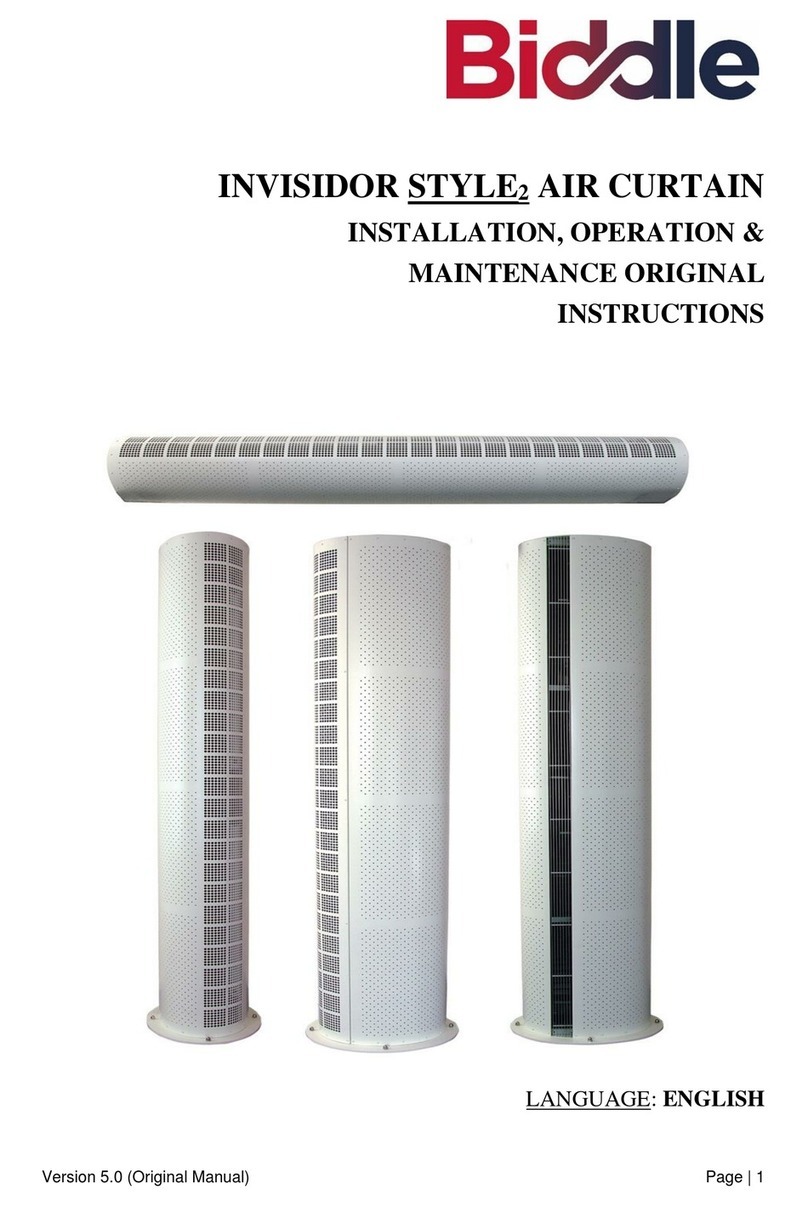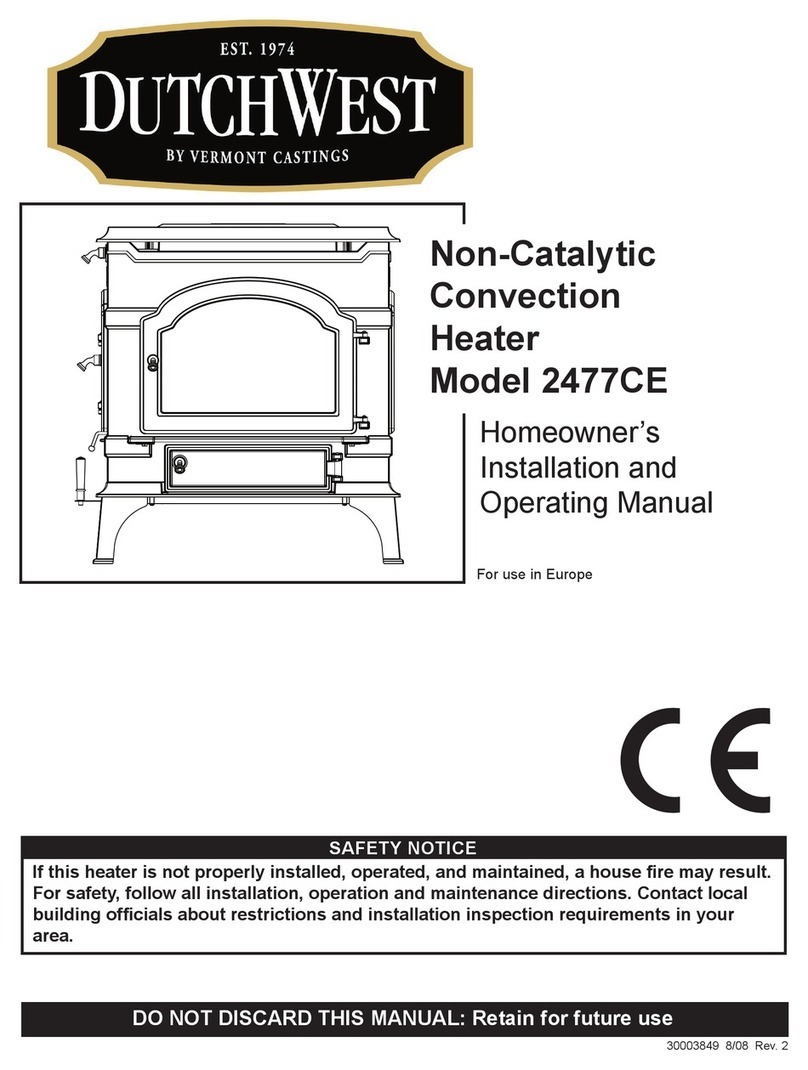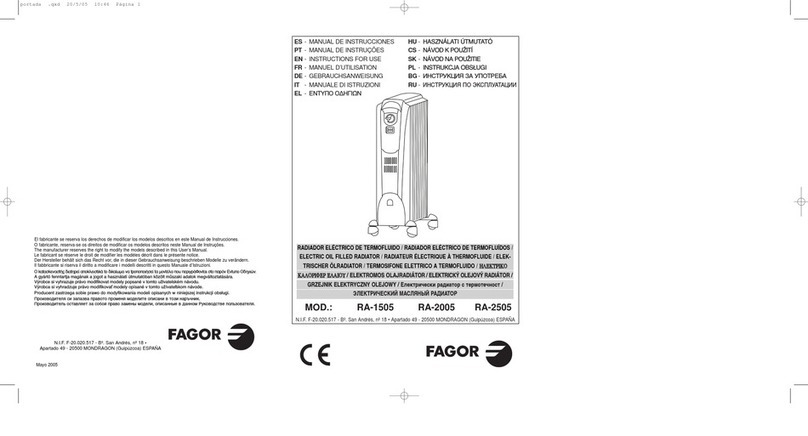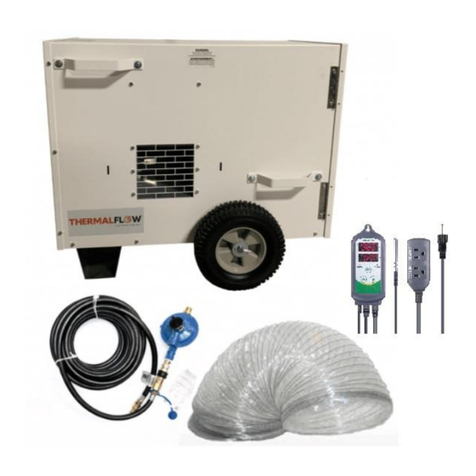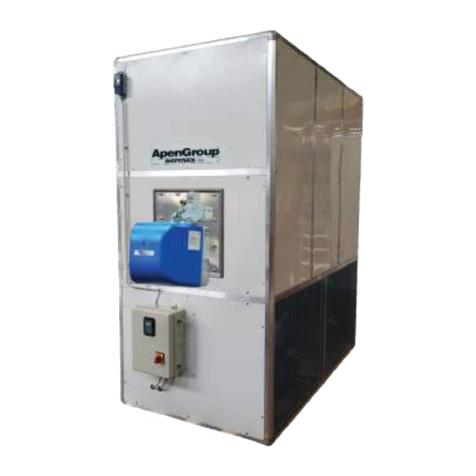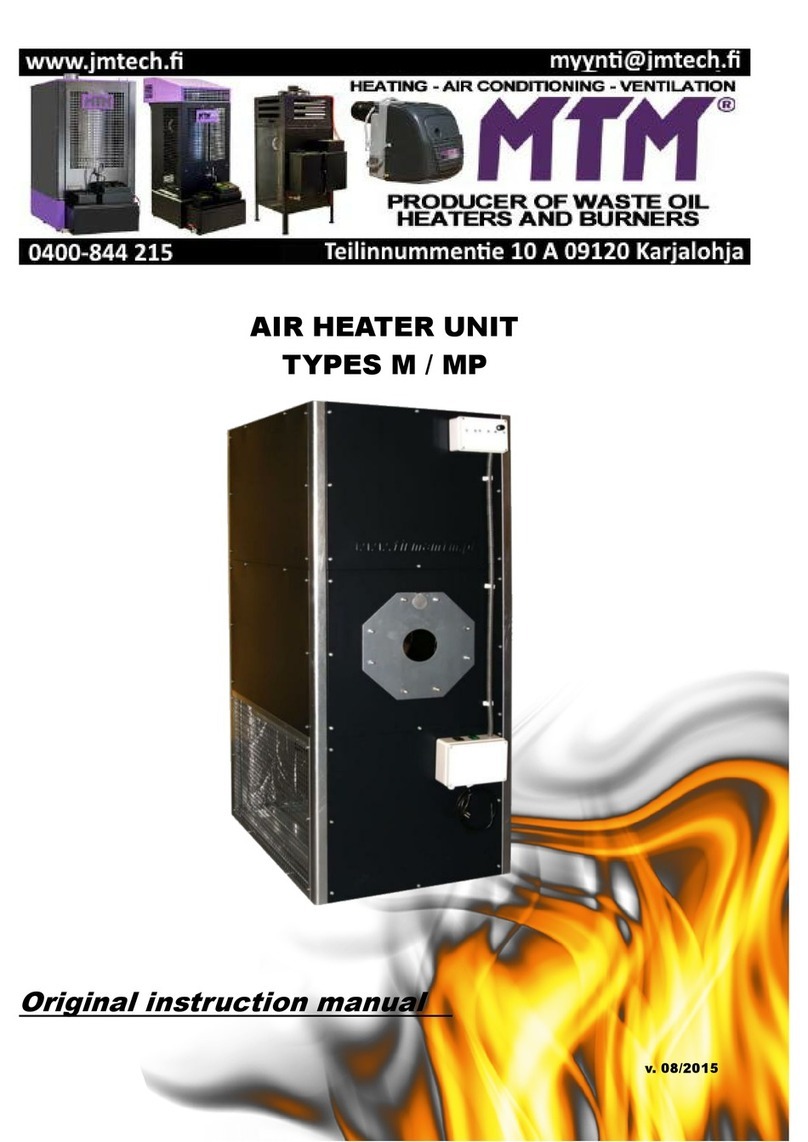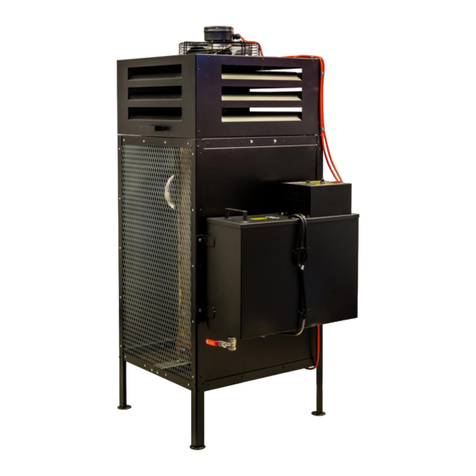
Warsaw, on ............... 20.......... (full name and signature of the person authorised to make the declaration)
EC DECLARATION OF CONFORMITY
HEATING, VENTILATION, AIR CONDITIONING
04-239 WARSAW, ul. MŁODNICKA 52 C
I hereby declare that the oil air heater intended for heating industrial rooms
without central heating systems:
model MTM 52, serial no............................. manufactured in the year 20…….
Rated power of 30-52 kW
Due to its design and structure, meets the basic safety and health requirements set forth in
the Directive 2006/42/EC on machinery and has been manufactured according to the directives as follows:
•Directive 2006/42/EC - on machinery (MD)
•Directive 2006/95/EC - on electrical equipment designed for use within certain voltage limits (LVD)
•Directive 2004/108/EC - on electromagnetic compatibility (EMCD)
•Directive 89/106/EEC - on construction products (CPD)
and the following norms:
•EN 1:1998+A1:2007 Fuel oil stoves with vaporising burners and chimney
connection
•EN 303-5:1999 Heating boilers - Part 5: Solid fuel heating boilers with manual and automatic fuel charge
with rated power of max. 300 KW - Definitions, requirements, testing and marking and labelling.
•EN 953:1997+A1:2009 Safety of machinery - Guards - General requirements for the design and
construction of fixed and movable guards
•EN 60204-1:2006+A1:2009+AC:2010 Safety of machinery - Electrical equipment of machines - Part 1:
General requirements
•EN ISO 12100:2010 Safety of machinery - General principles for design - Risk assessment and
risk reduction
•EN ISO 13732-1:2008 Ergonomics of the thermal environment - Methods for the assessment of human
responses to contact with
surfaces - Part 1: Hot surfaces
•EN ISO 13857:2008 Safety of machinery - Safety distances to prevent hazard zones being reached by
upper and lower limbs
•EN ISO 14159:2008 Safety of machinery - Hygiene requirements for the design of machinery
•EN 60335-1:2002+A14:2010 Household and similar electrical appliances - Safety - Part 1: General
requirements
•EN 55014-1:2006+A1:2009 Electromagnetic compatibility - Requirements for household appliances,
electric tools and similar apparatus - Part 1: Emission
•EN 55014-2:1997+A2:2008 Electromagnetic compatibility (EMC) - Requirements for household
appliances, electric tools and similar apparatus - Immunity - Product family standard
•EN 61000-6-1:2007 Electronic compatibility (EMC) - Part 6-1: Generic standards - Immunity for residential,
commercial and light-industrial environments
•EN 61000-6-3:2007 Electronic compatibility (EMC) - Part 6-3: Generic standards - Emission standard
for residential, commercial and light-industrial environments
The authorisation to compile the machine technical documentation has been given to the representative of the producer:
MTM DARIUSZ SEFERYŃSKI
HEATING, VENTILATION, AIR CONDITIONING
04-239 WARSAW, ul. MŁODNICKA 52 C
Contact person: Dariusz Seferyński
This declaration pertains only to the machine in condition in which it was launched on the market and does not cover componen
parts added by the end user or later actions performed by them. This declaration expires
if any changes are made to the device that have not been consulted with us.

